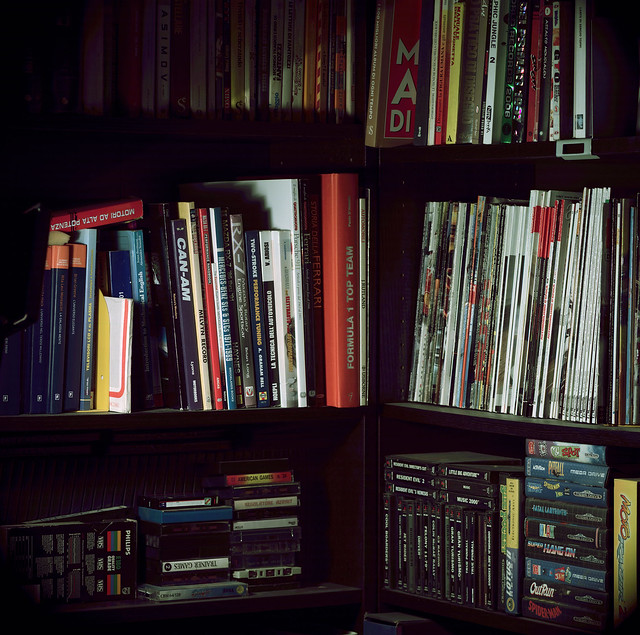T
the scanner-guy
Guest
Hi, today while testing the Scanner-camera I tried to mount an enlarger lens: a Schneider Componon 150mm f/5.6.
Is not the Componon S, but the older version, with the chrome barrel: I know is a good lens for its times, but certainly not as good as the newer version, and of course very far from the new digital-technical lenses from Rodenstock and Schneider.
The dot-pitch of the scanner-camera is about 4 micron, and the scanned portion of 40x40mm (because of the adapter) gives a 90MP full RGB 48-bit image.
Now, with that being said, I want you to look at this picture in full-resolution:

The lens was set to f/9: I wanted to use f/11 (the sweet spot of this lens) but it was too dark(the camera doesn't have an adjustable shutter), so I sharpened the image a bit, at 0,9 pixel range but only in medium tones (using the smart sharpener in CS5).
This makes me thinking: why medium-format-digital users are always complaining about the resolution of the lens(not always but you get the point) when talking about the sharpness on their pictures? Why they buy 4-6000$ lenses when an 80$ used lens can do a very good job at 4 micron?
Is not the Componon S, but the older version, with the chrome barrel: I know is a good lens for its times, but certainly not as good as the newer version, and of course very far from the new digital-technical lenses from Rodenstock and Schneider.
The dot-pitch of the scanner-camera is about 4 micron, and the scanned portion of 40x40mm (because of the adapter) gives a 90MP full RGB 48-bit image.
Now, with that being said, I want you to look at this picture in full-resolution:

The lens was set to f/9: I wanted to use f/11 (the sweet spot of this lens) but it was too dark(the camera doesn't have an adjustable shutter), so I sharpened the image a bit, at 0,9 pixel range but only in medium tones (using the smart sharpener in CS5).
This makes me thinking: why medium-format-digital users are always complaining about the resolution of the lens(not always but you get the point) when talking about the sharpness on their pictures? Why they buy 4-6000$ lenses when an 80$ used lens can do a very good job at 4 micron?
